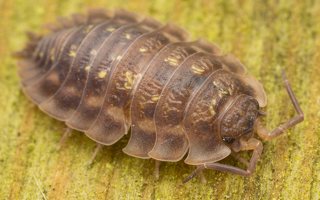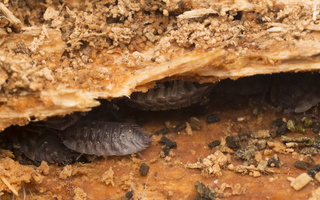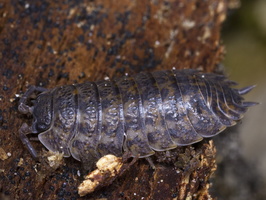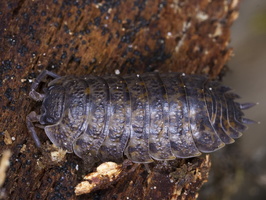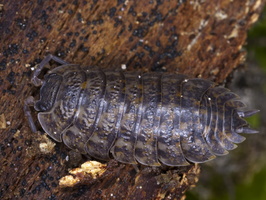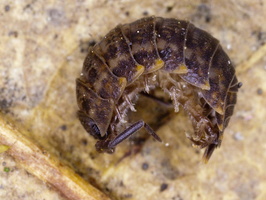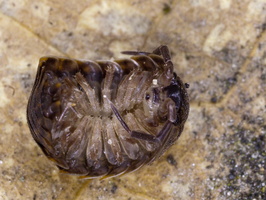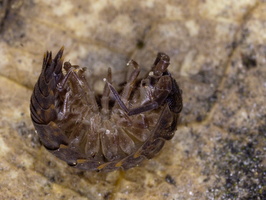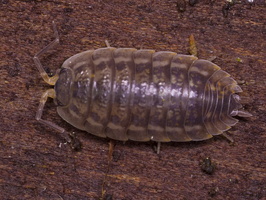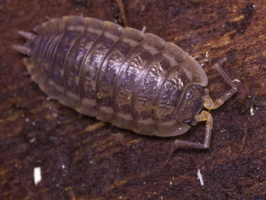- sort orderDefault
Photo title, A → Z
Photo title, Z → A
✔ Date created, new → old
Date created, old → new
Date posted, new → old
Date posted, old → new
Visits, high → low
Random
 home / Crustacea · vėžiagyviai / Oniscidae · vėdarėliai / Oniscus asellus · paprastasis vėdarėlis
home / Crustacea · vėžiagyviai / Oniscidae · vėdarėliai / Oniscus asellus · paprastasis vėdarėlis

Oniscus asellus · paprastasis vėdarėlis
EN · common woodlouse
DE · Mauerassel
LT · paprastasis vėdarėlis
PL · stonoga murowa
It is not known from the Mediterranean Basin, but is widespread in Northern and Western Europe, as far east as Ukraine, as well as in the Azores and Madeira; it has also been widely introduced in the Americas. The common woodlouse is quite large up to 16 mm long. It is relatively flat, and is a shiny brown/grey in colour, although juveniles are rougher. Pale patches are often visible on the back of Oniscus asellus; these are areas that store calcium, which is then used to reinforce the exoskeleton after a moult. Moulting occurs in two halves, with the rear half moulting before the front half. The exuvia is often consumed by the animal after moulting.
Gausiai sutinkama šiaurės ir vakarų Europoje, Britų salose, Azoruose, Madeiroje. Įvežti į Šiaurės ir Pietų Ameriką. Sutinkamas įvairiose buveinėse, kuriose pakankamai didelis oro drėgnumas – po akmenimis, pūvančiais medžiais, rūsiuose ir t. t.
